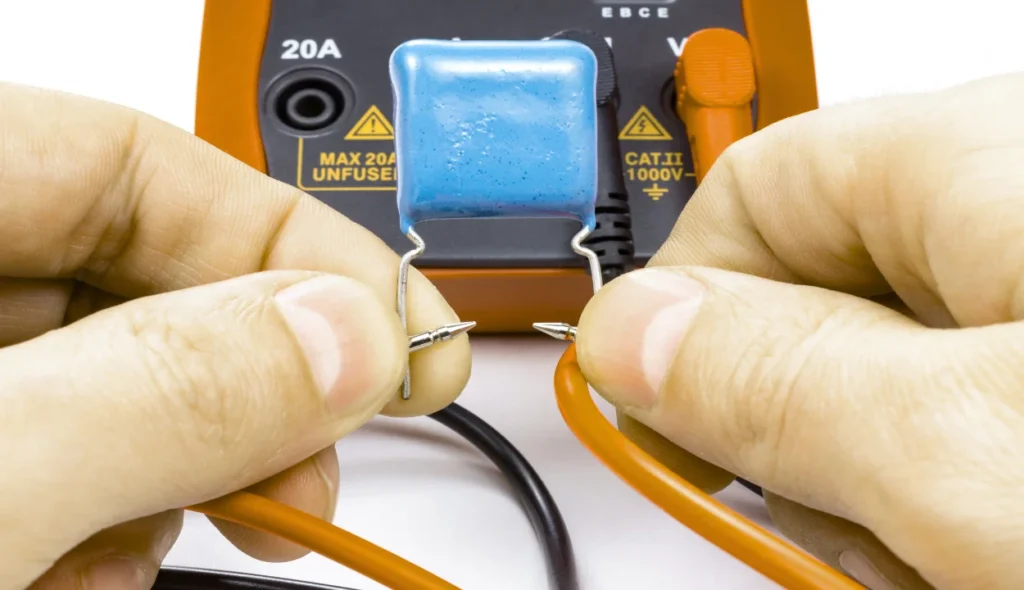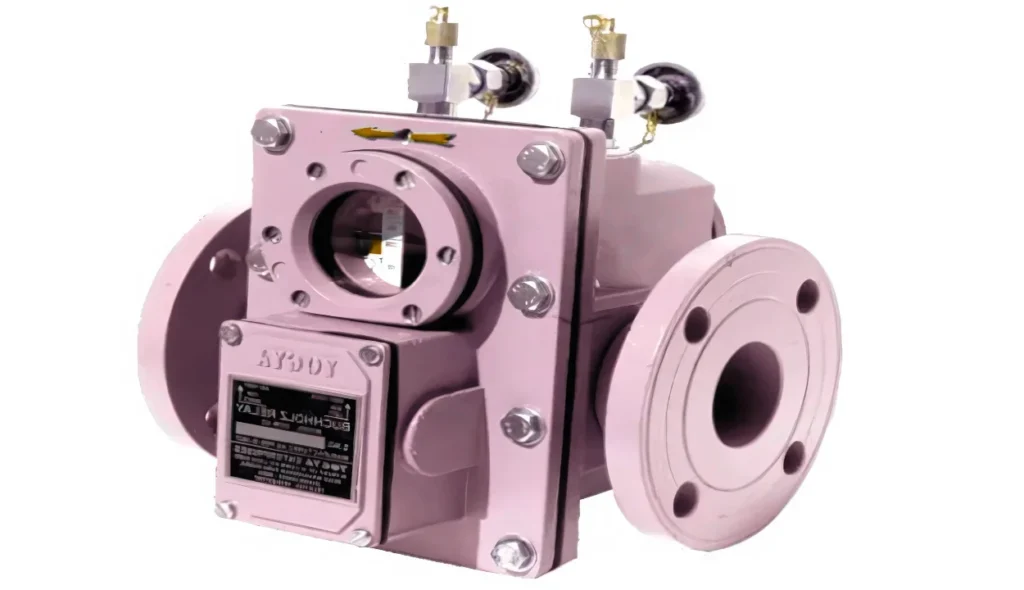Why does a keep transistor increase HL propagation delay?
From my experience working with circuit design, I’ve noticed how a keep transistor affects signal propagation. When switching from high to low, the output signal doesn’t drop instantly; instead, it encounters resistance in the path, leading to a slowing effect. This happens because the keep transistor introduces an additional element that interferes with the discharge […]
Why does a keep transistor increase HL propagation delay? Read More »


